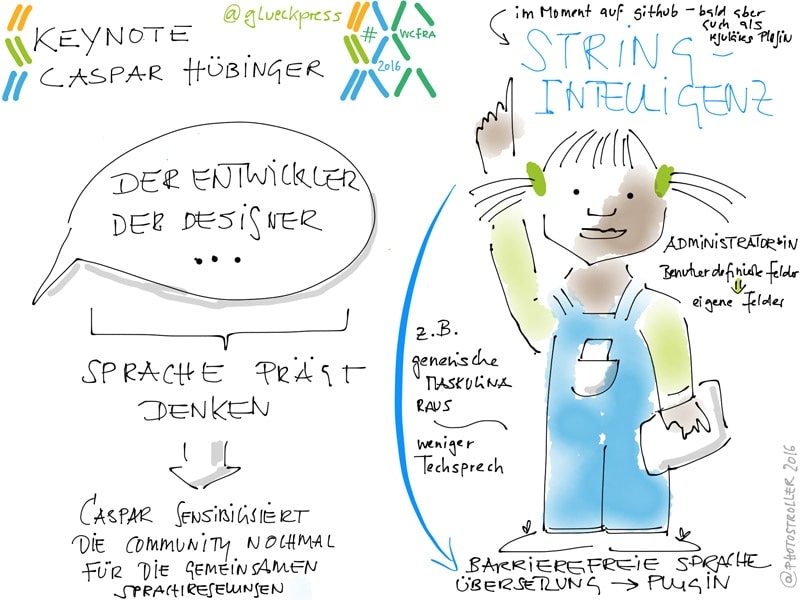
Estimates of progression-free survival rates at 3, 4, and 5 years were 22.8% vs 4.1%, 16.4% vs 1.4%, and 12.8% vs no evaluable patients. Median progression-free survival was 7.7 months (95% CI = 6.1–10.2 months) in the pembrolizumab group vs 5.5 months (95% CI = 4.2–6.2 months) in the chemotherapy group (HR = 0.50, 95% CI = 0.39–0.65). Median overall survival was 26.3 months (95% confidence interval = 18.3–40.4 months) in the pembrolizumab group vs 13.4 months (95% CI = 9.4–18.3 months) in the chemotherapy group (hazard ratio = 0.62, 95% CI = 0.48–0.81). A total of 80 patients (52.9%) in the pembrolizumab group received additional anticancer therapy, including 12 who received a second course of pembrolizumab on study. Among patients initially assigned to chemotherapy, 99 (66.0%) received subsequent anti–PD-1 or PD-L1 therapy (including 83 who crossed over to pembrolizumab on study), representing a 66.0% effective crossover rate. Median time from random assignment to data cutoff in June 2020 was 59.9 months (range = 55.1–68.4 months). The primary endpoint was progression-free survival, with overall survival as a secondary endpoint. Patients with disease progression in the chemotherapy group could cross over to receive pembrolizumab.

In the trial, 305 patients with TPS ≥ 50% and no sensitizing EGFR or ALK alterations were randomly assigned to receive pembrolizumab at 200 mg once every 3 weeks for up to 35 cycles (n = 154) or platinum-based chemotherapy (n = 151).


 0 kommentar(er)
0 kommentar(er)
